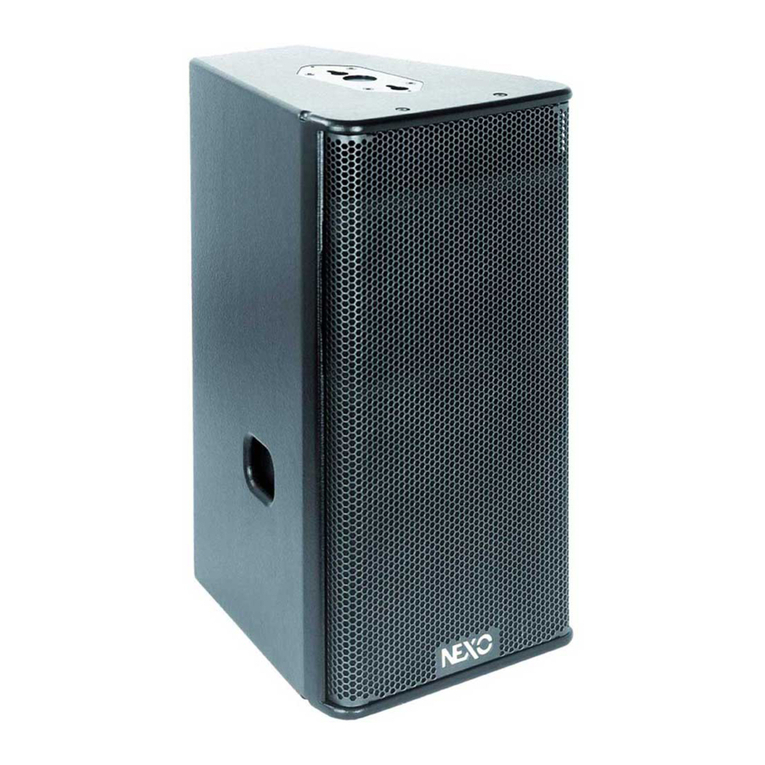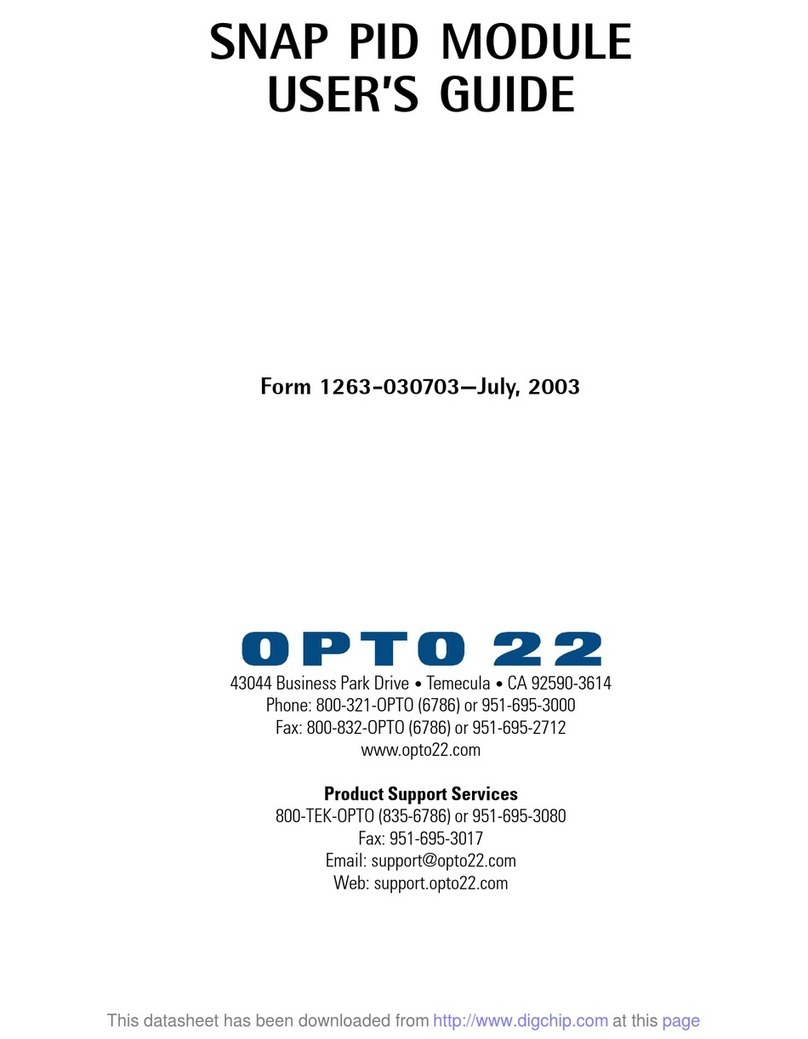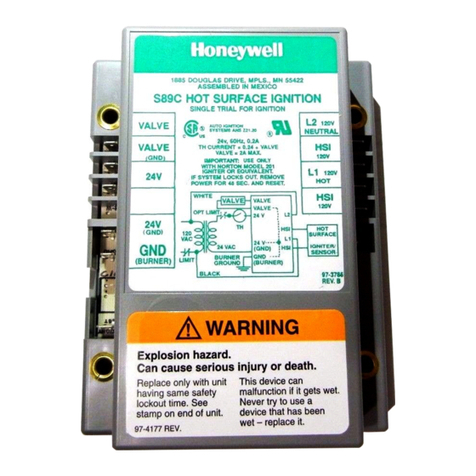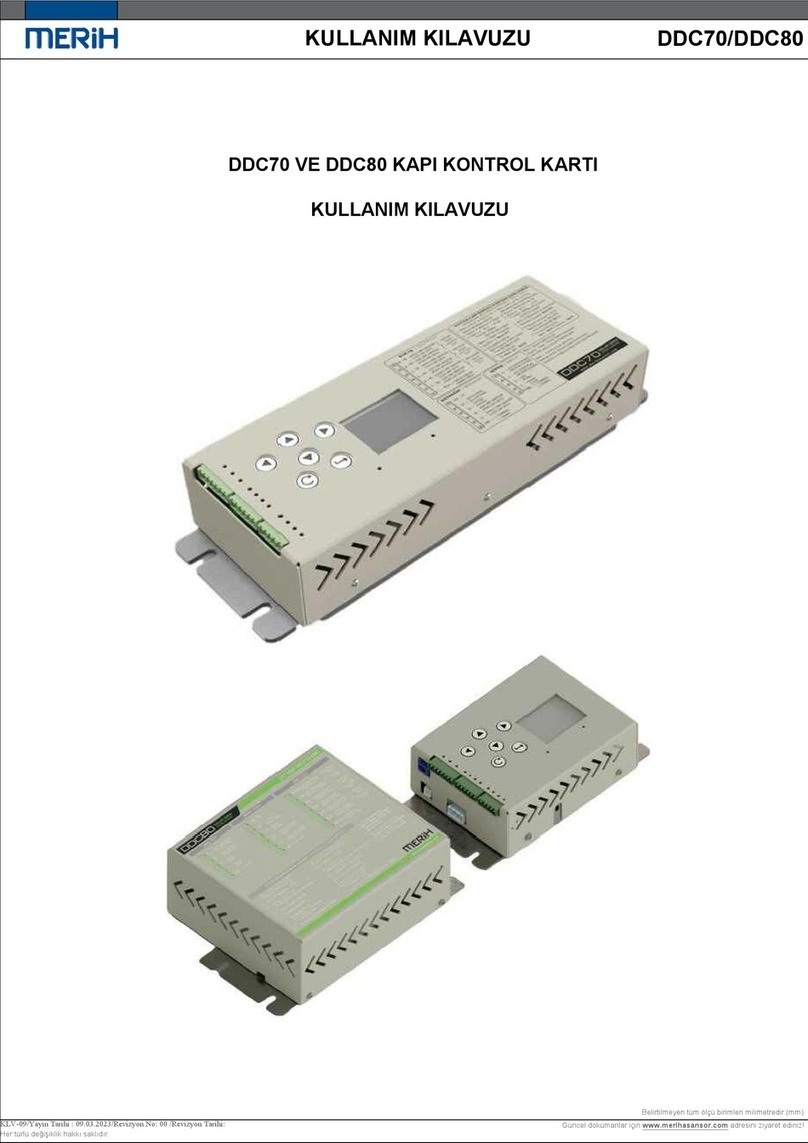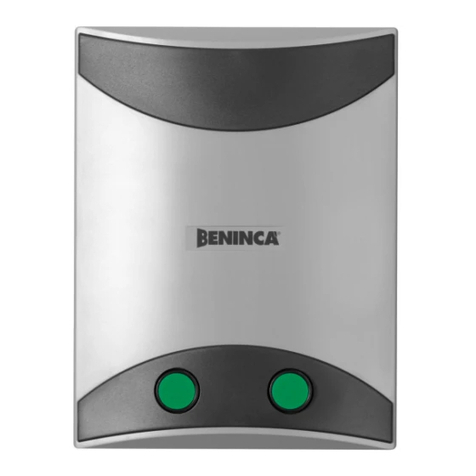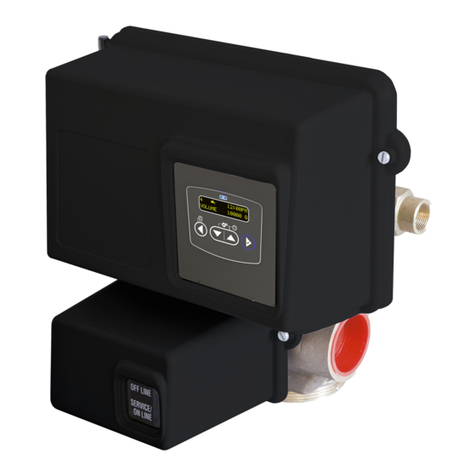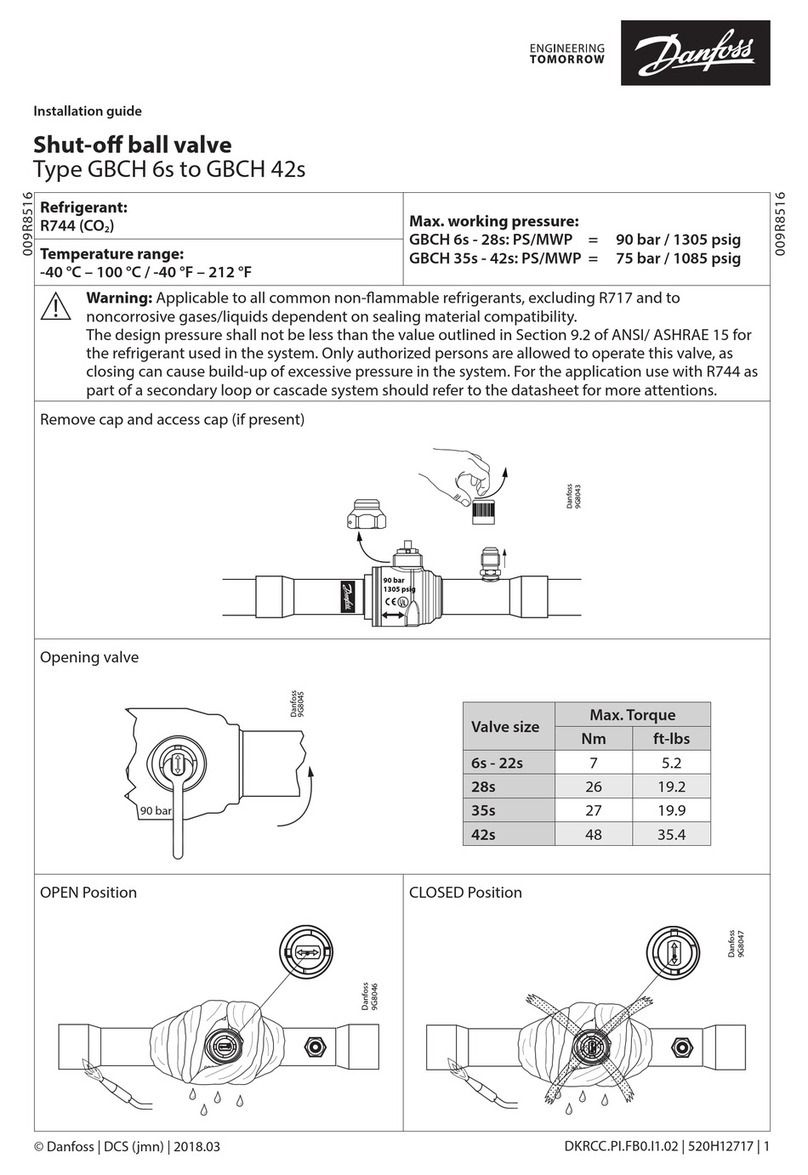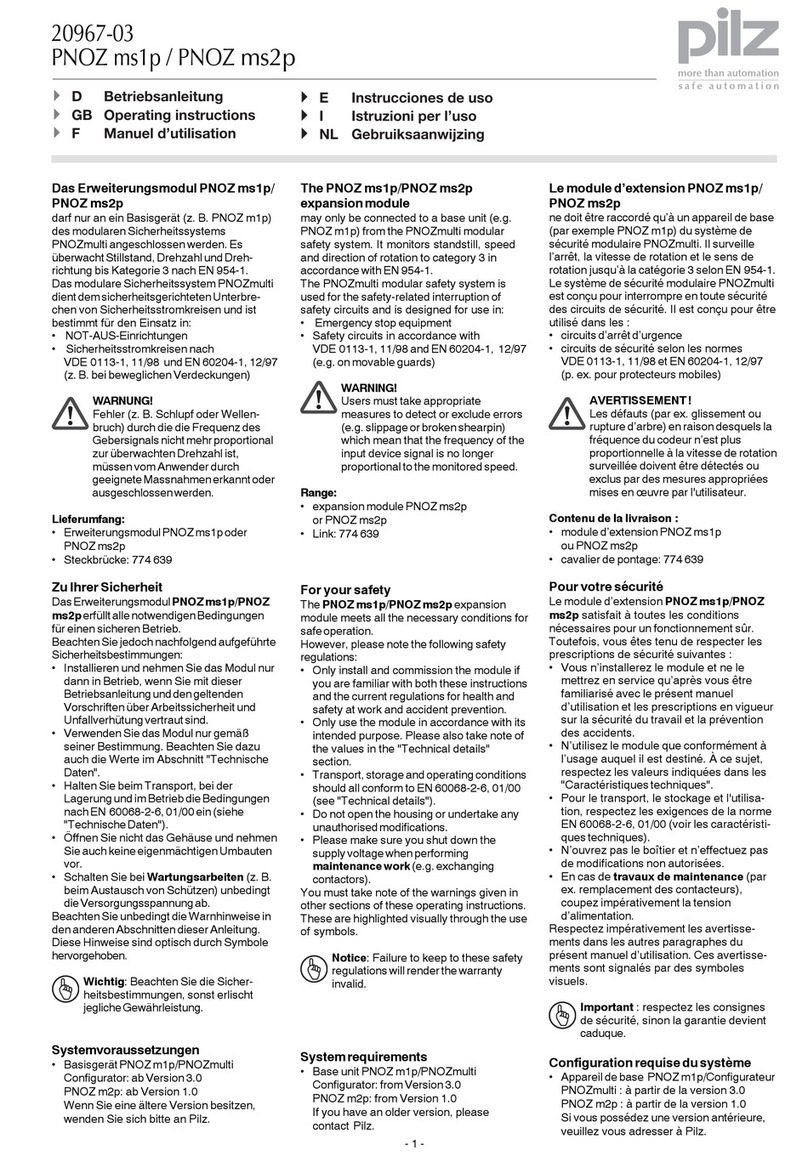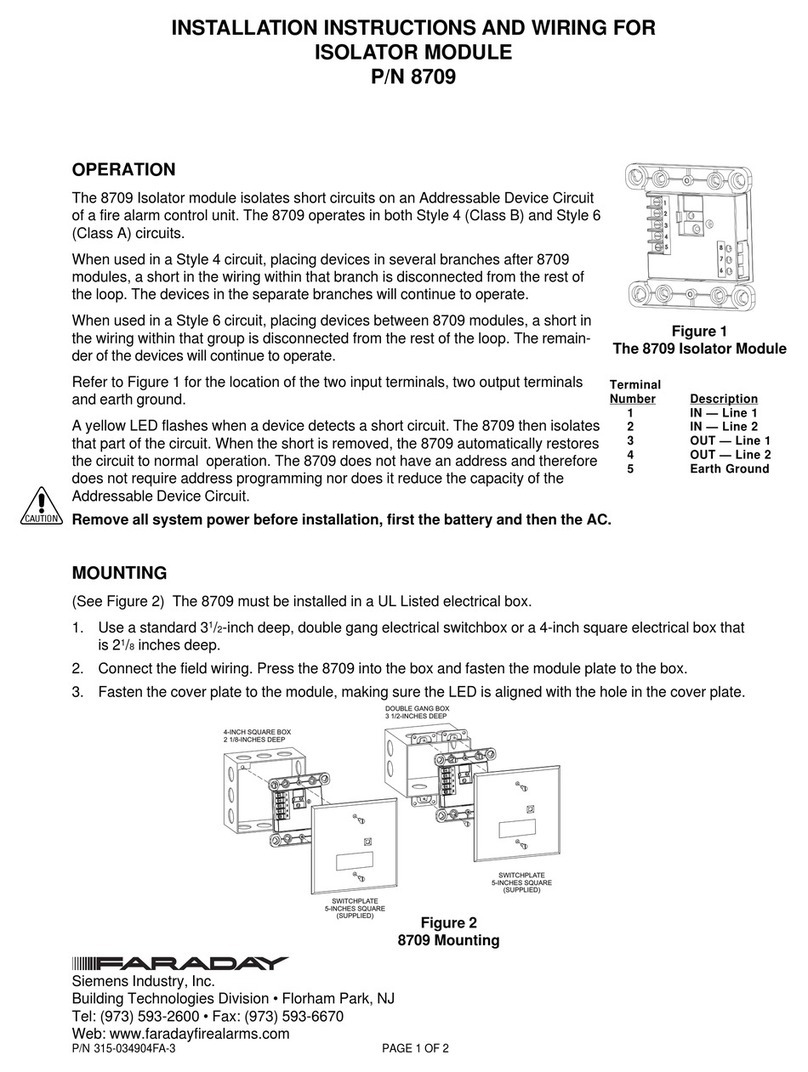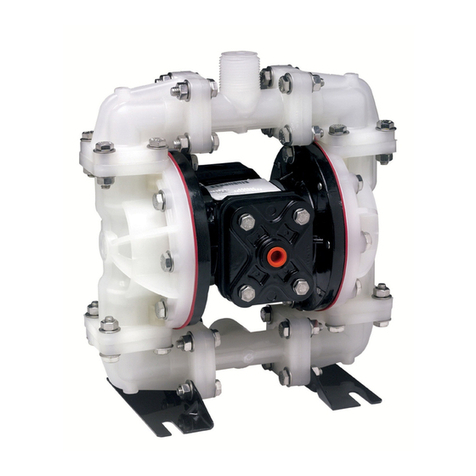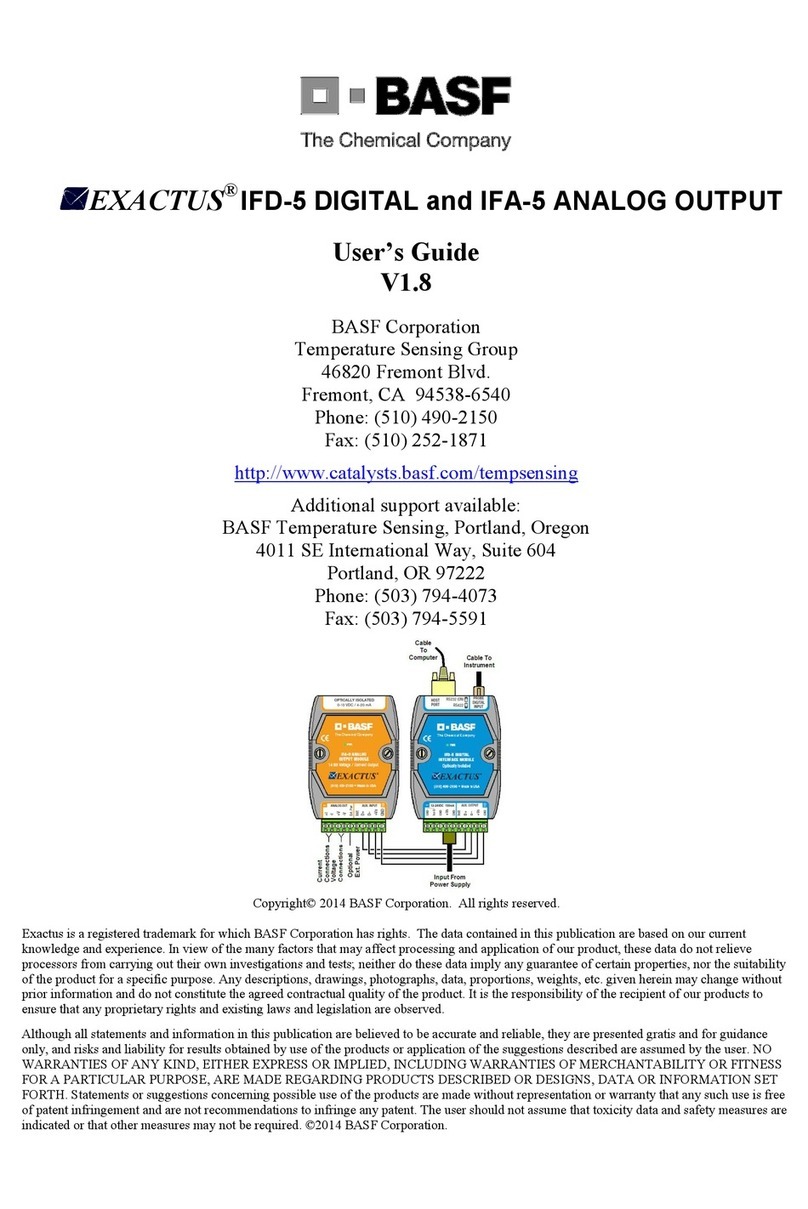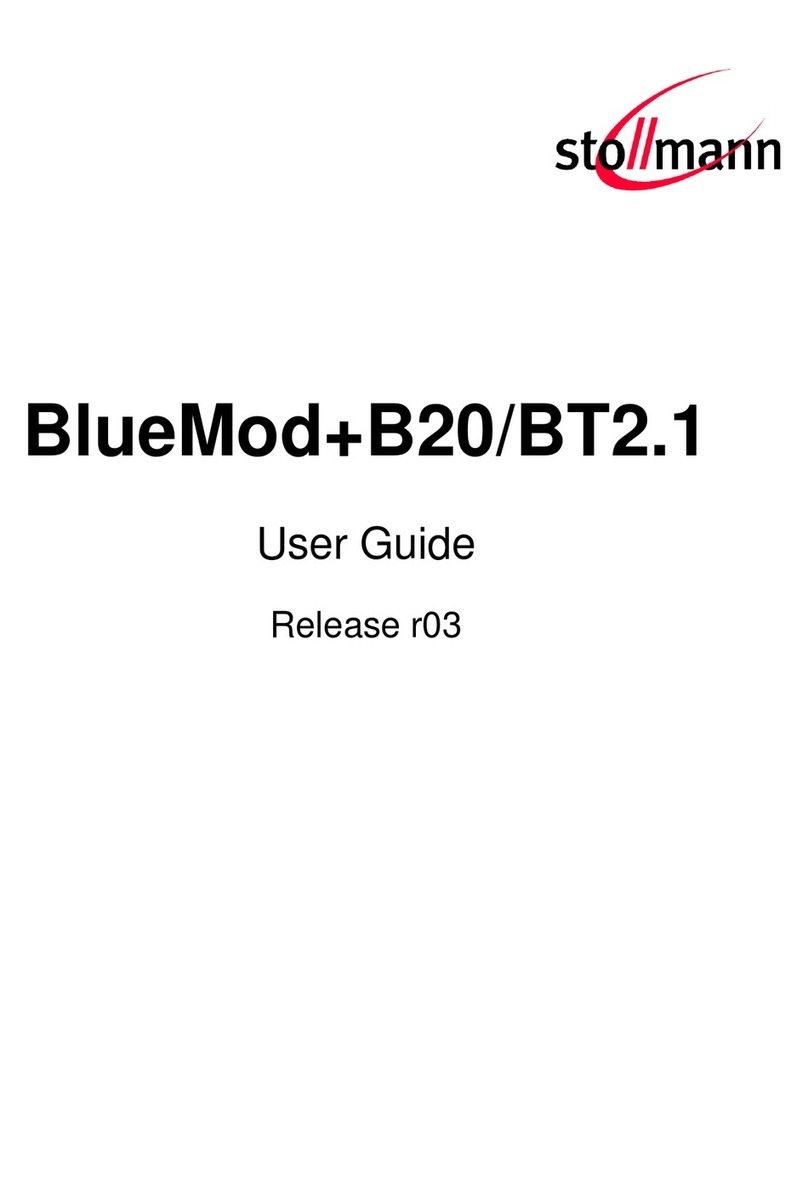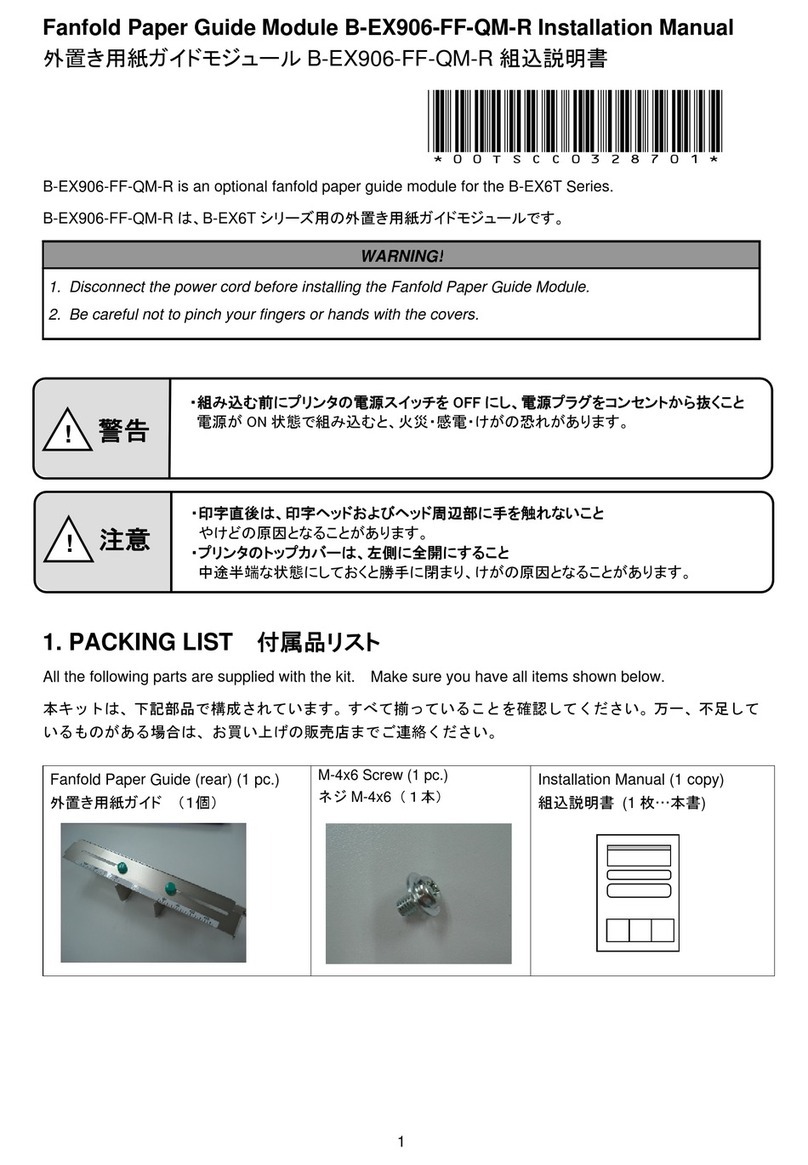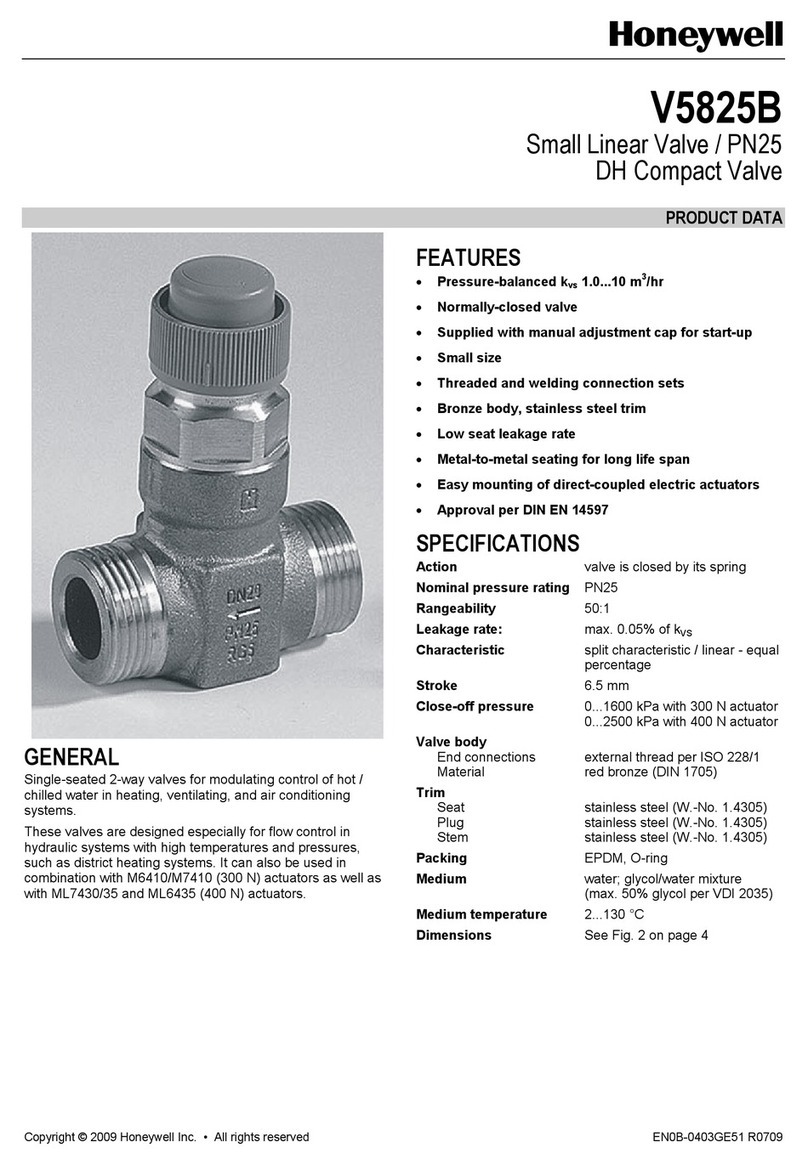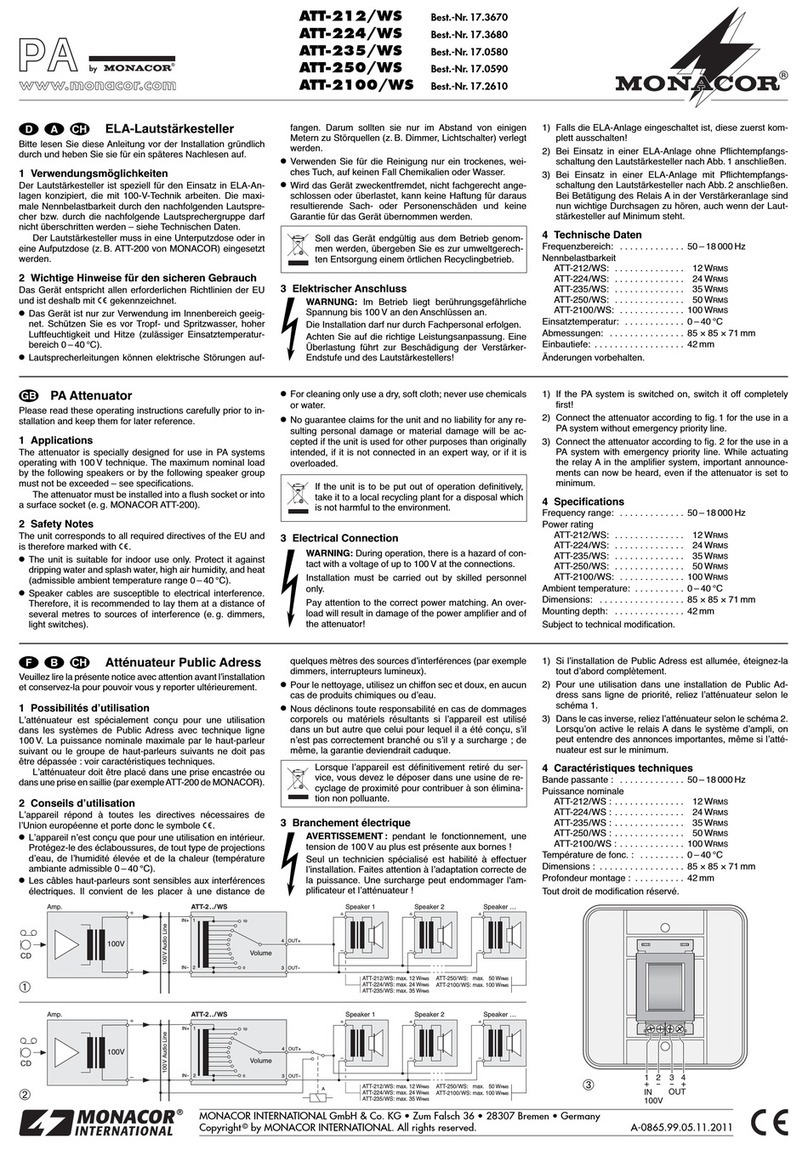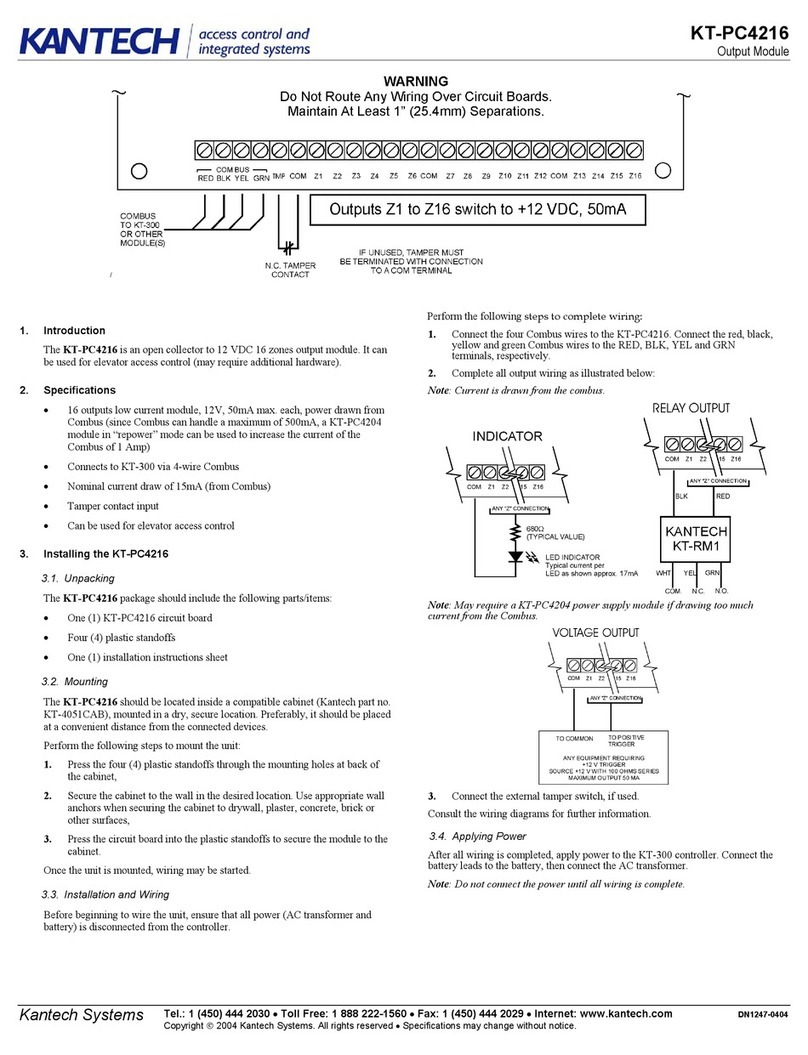Nexo GEO S12 EN54 Series User guide

System Manual GEOS12 EN54 Page 1/ 53
DP2503-03-CM
GEO S12 EN54
GEO S1210 EN54 & GEO S1230 EN54
GEO S1210-ST EN54 & GEO S1230-ST EN54
Tangent Array Modules
System manual

CONTENTS
Page 2/ 53 System Manual GEOS12 EN54
CONTENTS
PLEASE READ CAREFULLY BEFORE PROCEEDING..................................................................................5
1COMPLIANCE...............................................................................................................................................7
2INTRODUCTION .........................................................................................................................................8
3GEO S12 EN54 GENERAL SET-UP INSTRUCTIONS ..........................................................................9
3.1 GEO S12 EN54 CONNECTIONS ..............................................................................................................................9
3.1.1GEO S12 EN54 connectors............................................................................................................................................... 9
3.1.2GEO S12 EN54 cabling procedure ............................................................................................................................... 9
3.1.3Configuring GEO S12 EN54 for passive or active mode...................................................................................10
3.2 CABLING ...................................................................................................................................................................11
3.3 GEO S12 EN54 RECOMMENDED AMPLIFICATION ...........................................................................................11
3.4 GEO S12 EN54 SETUPS ON NEXO TD CONTROLLERS...................................................................................11
4CONNECTION DIAGRAMS..................................................................................................................... 12
4.1 GEO S12 EN54 (PASSIVE MODE)/NXAMP4X1MK2(BRIDGE STEREO)..................................................12
4.2 GEO S12 EN54 (PASSIVE MODE)/NXAMP4X2MK2(4 CHANNELS MODE).............................................12
4.3 GEO S12 EN54 (PASSIVE MODE)/NXAMP4X4MK2(4 CHANNELS MODE).............................................13
4.4 GEO S12 EN54 (ACTIVE MODE)/NXAMP4X4MK2(4 CHANNELS MODE)..............................................14
5NS-1 SIMULATION SOFTWARE .......................................................................................................... 15
6CONFIGURABLE DIRECTIVITY DEVICE ........................................................................................... 16
6.1 INSTALLING &REMOVING GEO’S CONFIGURABLE DIRECTIVITY DEVICES ...................................................16
6.2 WHEN &WHERE TO USE CONFIGURABLE DIRECTIVITY FLANGES..................................................................17
7GEO S12 EN54 HARDWARE SETUP PROCEDURE......................................................................... 18
7.1 SAFETY FIRST...........................................................................................................................................................18
7.1.1Flown systems safety .......................................................................................................................................................18
7.1.2Ground stacking safety...................................................................................................................................................19
7.1.3Contacts .................................................................................................................................................................................19
7.2 GENERAL DESCRIPTION.........................................................................................................................................20
7.2.1GEO S1210 EN54 and GEO S1230 EN54.................................................................................................................20
7.2.2GEO S12 EN54 “Left” and “Right” configuration................................................................................................20
7.2.3Accessories............................................................................................................................................................................21
7.2.4Warnings on GEO S12 EN54 accessories................................................................................................................21
7.3 INSTALLATION APPLICATIONS ..............................................................................................................................22
7.3.1Described configurations...............................................................................................................................................22
7.3.2Single GEO S12 EN54 rigidly mounted on a wall or a ceiling (vertical or horizontal).....................23
7.3.3Single GEO S12 EN54 cable mounted on a ceiling (vertical or horizontal)...........................................24
7.3.4GEO S12 EN54 vertical array rigidly mounted on a ceiling ..........................................................................25
7.3.5GEO S12 EN54 vertical array cable mounted on a ceiling.............................................................................27
7.3.6GEO S12 EN54 horizontal array rigidly mounted on a ceiling ....................................................................28
7.3.7GEO S12 EN54 horizontal array cable mounted on a ceiling.......................................................................30
7.4 TESTING AND MAINTENANCE OF THE SYSTEM ..................................................................................................31
8SYSTEM CHECK GUIDELINES .............................................................................................................. 32
8.1 RECOMMENDED INSTALLATION TOOLS AND EQUIPMENT................................................................................32
8.2 GEO S12 EN54 SYSTEM CHECK LIST ................................................................................................................32
9TECHNICAL SPECIFICATIONS............................................................................................................. 33
9.1 GEO S1210 EN54 ................................................................................................................................................33
9.1.1System specifications.......................................................................................................................................................33
9.1.2Dimensions (mm/inches)...............................................................................................................................................34
9.2 GEO S1210-ST EN54..........................................................................................................................................35
9.2.1System specifications.......................................................................................................................................................35
9.2.2Dimensions (mm/inches)...............................................................................................................................................36
9.3 GEO S1230 EN54 ................................................................................................................................................37

CONTENTS
System Manual GEOS12 EN54 Page 3/ 53
9.3.1System specifications.......................................................................................................................................................37
9.3.2Dimensions (mm/inches)...............................................................................................................................................38
9.4 GEO S1230-ST EN54..........................................................................................................................................39
9.4.1System specifications.......................................................................................................................................................39
9.4.2Dimensions (mm/inches)...............................................................................................................................................40
9.5 GEO S12 EN54 ACCESSORIES .............................................................................................................................41
9.5.1GPI-BUMPER........................................................................................................................................................................41
9.5.2VNI-UBRK12 ........................................................................................................................................................................42
9.5.3VNI-LBRK ..............................................................................................................................................................................43
9.5.4VNI-ABRK..............................................................................................................................................................................44
9.5.5GPI-ANPL1............................................................................................................................................................................45
9.5.6GPI-ANPL2............................................................................................................................................................................46
9.5.7GPI-ANL3...............................................................................................................................................................................47
9.5.8GPT-FLG.................................................................................................................................................................................48
9.5.9VNI-IPCOV15 .......................................................................................................................................................................49
10 GEO S12 EN54 MODULES & ACCESSORIES LIST........................................................................... 50
11 USER NOTES ............................................................................................................................................. 52

PLEASE READ CAREFULLY BEFORE PROCEEDING
Page 4/ 53 System Manual GEOS12 EN54
GEOTechnologyisradicallynewthinking
The GEO R&D Project has, to date, resulted in the following patent applications:
The GEO Hyperboloid Reflective Wavesource™ differs radically from the megaphone-variant type horns you know and love (or
hate). “Tried and true” methods will produce entirely unexpected results. HRW technology produces precise and predictable
results.
The Configurable Directivity Flange. A waveguide that allows the operator to alter its behaviour. An unprecedented NEXO
development that is easy to use –once you know how and when.
The Phase Directivity Device needs no operator input to function, but it is reassuring to know that the coupling of the midrange
of the system is considered as important as the high frequencies…
DSP-driven Directional Sub-bass devices are a new approach to controlling LF/VLF acoustic energy.
GEOisnothardtousewhenyouunderstand how…
The technology behind GEO is revolutionary, but it is grounded in years of practical experience with the problems of delivering
high quality professional sound to large audiences at high SPL levels. The GEO toolbox includes NS-1 - a simple yet powerful
and highly predictive design tool. The array assembly system is keyed to the design software and will easily enable you to
deploy your design with great precision. NEXO Digital TDcontroller technology provide driver protection and system optimization
for the GEO S and LS series.
GEOisahighprecisionsystem
The GEO HRW™ controls acoustic energy more precisely than other multiple element waveguides. It also makes GEO less
forgiving of mistakes. Whilst conventional horns never combine into a coherent array, they may deliver acceptable results even
if the design and deployment of the system is less than optimal. This is not the case with GEO where careless installation
produces catastrophic results.
A GEO Tangent Array is not a “line array”
GEO Technology is equally effective in designing and deploying tangent curved vertical or horizontal arrays. For best results in
a specific application the user needs to know how multi-speaker arrays interact with audience geometry, along with the benefits
and drawbacks of curved vertical arrays and horizontal arrays.
Curvedtangentarraysrequiredifferentdesigntechniques
In the past, sound reinforcement professionals have worked with horizontal arrays that use conventional horns to deliver [more
or less] ‘equal power to equal angles’. Curved vertical arrays are now designed to deliver [more or less] equal power to equal
areas’. When arrays use conventional horns, the lack of precision, overlap and interference masks errors in array design and
aiming. The highly precise GEO wavesource responds accurately, consistently and predictably to the design and deployment
of a curved vertical tangent array. This is why the GEO rigging system is designed to control angular splay to 0.1° precision.
GEOcurvedtangentarraysrequiredifferentoperationaltechniques
Over the years, system designers and operators have developed a number of signal processing techniques to disguise and
partly overcome the limitations of horn design. “Frequency shading,” “amplitude shading,” “High Frequency compensation”, all
of these are tools of the advanced sound system operator. NONE OF THESE TECHNIQUES ARE APPLICABLE TO GEO
TANGENT ARRAYS. Instead of enhancing the array’s performance they will severely degrade it.
Take time to learn how to get great results with GEO Technology. It is an investment that will pay off in more satisfied clients,
more efficient operating procedures and more recognition for your skill as a sound system designer and operator. A
comprehensive understanding of GEO theory, tangent arrays, and specific features of the GEO S Series will help you to operate
your system at its full potential.

PLEASE READCAREFULLY BEFORE PROCEEDING
System Manual GEOS12 EN54 Page 5/ 53
PLEASE READ CAREFULLY BEFORE PROCEEDING
BASIC PRECAUTIONS
Do not open the speaker system or attempt to disassemble the internal parts or modify them in any way. The speaker system
contains no user-serviceable parts. If it should appear to be malfunctioning or damaged, discontinue use immediately and have
it inspected by qualified NEXO service personnel.
Water exposure: Do not expose the speaker system to direct rain, do not use it near water or in wet conditions. Do not place
containers with liquid on speaker system as they might spill into openings. If any liquid such as water seeps into the speaker
system, have it inspected by qualified NEXO personnel.
Sun exposure: Do not expose the speaker system to direct sun.
Operating temperature with temperate climate: 0°C to +40°C (-20°C to +60°C for storage).
SYSTEM DEPLOYMENT SAFETY RULES
Read User Manual before deployment. Before use of enclosed speaker system, please ensure that anyone
involved in system deployment understands the rigging –stacking –pole mounting safety rules as described
in the speaker system User Manual. Failure to do this exposes people to potential injury or death.
Please check the web site nexo-sa.com for the latest update.
Always consult qualified NEXO personnel if the device installation requires construction work and make sure to observe the
following precautions:
Mounting precautions
- choose mounting hardware and an installation location that can support 4 times the weight of the speaker system;
- do not use speaker system handles for suspended installation;
- do not expose speaker system to excessive dust or vibration, or extreme cold or heat to prevent possibility of component
damage;
- do not place the speaker system in an unstable position from which it might fall accidentally;
- if speaker systems use a stand, ensure that stand specifications are adapted, and that stand height does not exceed
1.40m/55”; never move the stand while the speaker is in position.
- in case of wind greater than 8 on Beaufort scale (72km/h –45mph), a touring system has to be landed or an additional
securing has to be implemented.
- for fixed installations, wind loading has to be taken into account in accordance to the national standards.
Connection and powering precautions
- remove all connected cables before moving the speaker system;
- turn off AC power of all power amplifier units before connecting the speaker system;
- when turning on the AC power to the audio system, always turn on the power amplifier last; when turning the AC power off,
always turn off the power amplifier first;
- when used in cold conditions, a gradual power ramp up should be applied to the system on a 5 mn period to allow the
loudspeaker components to stabilize during the very first minutes of usage.
Inspect the speaker system periodically.

PLEASE READ CAREFULLY BEFORE PROCEEDING
Page 6/ 53 System Manual GEOS12 EN54
HIGH SOUND PRESSURE LEVELS
Exposure to extremely high noise levels may cause permanent hearing loss. Individuals vary considerably
in susceptibility to noise-induced hearing loss but nearly everyone will lose some hearing if exposed to
sufficiently intense noise for a sufficient period of time. The U.S. Government’s Occupational and Health
Administration (OSHA) has specified the following permissible noise level exposures: Sound Duration Per
Day In Hours
Sound Level dBA, Slow Response
8
90
6
92
4
95
3
97
2
100
1 ½
102
1
105
½
110
¼ or less
115
According to OSHA, any exposure in excess of the above permissible limits could result in some hearing loss. Ear plugs or
protectors to the ear canals or over the ears must be worn when operating this amplification system in order to prevent
permanent hearing loss, if exposure is in excess of the limits as set forth above. To ensure against potentially dangerous
exposure to high sound pressure levels, it is recommended that all persons exposed to equipment capable of producing high
sound pressure levels such as this amplification system be protected by hearing protectors while this unit is in operation.
DISPOSAL OF OLD ELECTRICAL & ELECTRONIC EQUIPMENT
This symbol on the product or on its packaging indicates that it shall not be treated as household waste.
Instead it shall be handed over to the applicable collection point for the recycling of electrical and electronic
equipment. By ensuring this product is disposed of correctly, you will help prevent potential negative
consequence for the environment and human health, which could otherwise be caused by inappropriate
waste handling of this product.The recycling of materials will help to conserve natural resources. For more
detailed information about recycling of this product, please contact your local city office, your household
waste disposal service or the shop where you purchased the product.

COMPLIANCE
System Manual GEOS12 EN54 Page 7/ 53
1COMPLIANCE
GEO S12 EN54 is certified EN54-24 by AFNOR Certification
Parc du Pré de la Dame Jeanne BP5 - FR 60128 PLAILLY –France
EN54-24 :2008
Voice alarm loudspeaker for fire detection and fire alarm systems for buildings
DoP NX-0333-CPR-075518
Type B
Technical data and setup instructions included in this manual
GEO S1230 EN54 –GEO S1230ST EN54 –GEO S1210 EN54 –GEO S1210ST EN54

INTRODUCTION
Page 8/ 53 System Manual GEOS12 EN54
2INTRODUCTION
Thank you for selecting a NEXO GEO S12 EN54 Series Tangent Array System.
This manual is intendedto provide you with necessary and useful informationabout your GEO S12 EN54 System, which includes
the following products:
•GEO S1210 EN54 is a 10° Tangent Array Module. It comprises 1x12”
(30cm) 16 ohms Neodymium LF/MF driver loaded by a Phase Directivity
Device (PDDTM) and 1x1.4” throat 16 Ohm HF driver loaded by a 5°
Hyperboloid Reflective Wavesource (HRW™).
•GEO S1210-ST EN54 is the long throw version of the GEOS1210 EN54.
It is strictly identical but features a Neodynium HF driver.
•GEO S1230 EN54 is a 30° Tangent Array Module. It comprises 1x12”
(cm) 16 ohms Neodymium LF/MF driver loaded by a Phase Directivity
Device (PDDTM) and 1x1.4” throat 16 Ohm HF driver loaded by a 28.5°
Hyperboloid Reflective Wavesource (HRW™).
•GEO S1230-ST EN54 is the long throw version of the GEO S1230 EN54.
It is strictly identical but features a Neodynium HF driver.
•A full range of accessories provides safe, flexible and simple means of
installing GEO S12 EN54 in fixed installation.
•GEO S12 EN54 is controlled, powered and monitored by NEXO
TDcontrollers. For a complete description of these controllers, please
refer to User Manuals. NEXO TDcontrollers DSP algorithms and
parameters are fixed in software and updated regularly. Please consult
the NEXO web site (nexo-sa.com) for the latest software releases.
•NS-1 simulation software assists in the design and implementation of
vertical or horizontal tangent GEO arrays. Please consult the NEXO web
site (nexo-sa.com) for the latest software releases.
•Available for Mac, iPad and iPhone, NEXO NeMo provides full remote
control over a digital audio network from anywhere in the venue, thanks
to an intuitive and graphically attractive user interface. NeMo is available
on Apple App Store.
Please devote your time and attention to reading this manual. A comprehensive understanding of GEO S12 EN54 specific
features will help you to operate your system at its full potential

GEOS12 EN54 GENERAL SET-UP INSTRUCTIONS
System Manual GEOS12 EN54 Page 9/ 53
3GEO S12 EN54 GENERAL SET-UP INSTRUCTIONS
3.1 GEO S12 EN54 connections
GEO S12 EN54 is connected with Speakon NL4FC plugs (not supplied). A wiring diagram is printed on the connection panel
located on the back of each cabinet. The 4 pins of the Speakon sockets identified in / out are connected in parallel within the
enclosure.
Either connector can be used to connect amplifier or to link to an additional GEO S12 EN54 cabinet.
3.1.1 GEO S12 EN54 connectors
3.1.2 GEO S12 EN54 cabling procedure
In order to comply with IP rating, GEO S12 EN54 is equipped with a water-proof cover. Cabling and connecting must be done
according to the following steps:
- Remove the six 5x20 screws from the connector panel
- Pass the cables through the cover waterproof cable gland
- Connect Speakon connectors to the connector panel NL4FC
- Mount the cover with the six 5x20 screws
Speakon Connector
S1210 EN54 & S1230 EN54
Passive Mode
Active Mode
1(-)
Through
GEO S12 EN54 LF (-)
1(+)
Through
GEO S12 EN54 LF (+)
2(-)
GEO S12 EN54 (-)
GEO S12 EN54 HF (-)
2(+)
GEO S12 EN54 (+)
GEO S12 EN54 HF (+)

GEOS12 EN54 GENERAL SET-UP INSTRUCTIONS
Page 10 / 53 System Manual GEOS12 EN54
3.1.3 Configuring GEO S12 EN54 for passive or active mode
Remove the six TORX screws that hold the connector panel.
Remove the connector panel so that filter WAGO connectors become accessible.
GEOS12 connector panel GEOS12 WAGO connectors
In Passive Mode, connector A (from filter) should be inserted in connector B (PCB “Passive In”), and connector D (“Passive
Out”) should be connected to speakers via connector C.
In Active Mode, WAGO Connector A (from filter) should be directly connected into speakers via connector C (PCB connectors
B & D are then unused).
Passive mode configuration Active mode configuration
C
A
B
D

GEOS12 EN54 GENERAL SET-UP INSTRUCTIONS
System Manual GEOS12 EN54 Page 11 / 53
3.2 Cabling
NEXO recommends the exclusive use of multi-conductor cables to connect the system: the cable kit is compatible with all the
cabinets, and there is no possible confusion between LF, MF and HF sections.
Cable choice consists mainly of selecting cables of the correct sectional dimension (size) in relation to the load resistance and
the cable length. Too small a cable section will increase both its serial resistance and its capacitance; this reduces the electrical
power delivered to the loudspeaker and can also induce response (damping factor) variations.
For a serial resistance less or equal to 4% of the load impedance (damping factor = 25), the recommended cable length is given
by:
Lmax = Z x S S in mm2, Z in Ohm, Lmax in meters
The table below indicates these values, for 3 common sizes.
Load Impedance ()
2
2.6
4
5.3
8
16
Cable section
Recommended Cable Length
1,5 mm² (AWG #15)
3m/10ft
3m/13ft
6m/20ft
8m/26ft
12m/39ft
24m/79ft
2,5 mm² (AWG #13)
5m/16ft
7m/23ft
10m/33ft
13m/44ft
20m/66ft
40m/131ft
4 mm² (AWG #11)
8m/26ft
10m/33ft
16m/52ft
21m/70ft
32m/105ft
64m/210ft
6 mm2(AWG #9)
12m/40ft
16m/52ft
24m/79ft
32m/104ft
48m/160ft
96m/315ft
Maximum allowed length is 4 times recommended length.
Example:
GEO S12 EN54 module has a 16 nominal impedance in passive mode. When connecting 4 modules in parallel, total load
impedance becomes 4.
Recommended length for 4mm2/ (AWG#11) is 16m / 52ft, maximum allowed length is 64m / 208ft.
IMPORTANT
Long speaker cables induce capacitive effects –up to hundreds of pF depending on the quality of the
cable - with a low-pass effect on high frequencies. If long speaker cables must be used, ensure that they
do not remain coiled while in use.
3.3 GEO S12 EN54 recommended amplification
NEXO TD Controllers
Recommended amplification
NXAMP4x1mk2 Powered Controller Bridged Stereo mode (2x2.6kW/4)
3 x GEO S12 EN54 in passive mode per bridged
channel
NXAMP4x2mk2 Powered Controller 4 channels mode (4x2.5kW/2)
1 x GEO S12 EN54 in passive mode per channel
NXAMP4x4mk2 Powered Controller 4 channels mode (4x4.5kW/2)
4 x GEO S12 EN54 in passive mode per channel
4 x GEO S12 EN54 in active mode: 2 channels
3.4 GEO S12 EN54 setups on NEXO TD Controllers
Please consult nexo-sa.com for NEXO TD Controllers firmware information.

CONNECTION DIAGRAMS
Page 12 / 53 System Manual GEOS12 EN54
4CONNECTION DIAGRAMS
4.1 GEO S12 EN54 (passive mode) / NXAMP4x1mk2 (Bridge Stereo)
4.2 GEO S12 EN54 (passive mode) / NXAMP4x2mk2 (4 channels mode)

CONNECTION DIAGRAMS
System Manual GEOS12 EN54 Page 13 / 53
4.3 GEO S12 EN54 (passive mode) / NXAMP4x4mk2 (4 channels mode)

CONNECTION DIAGRAMS
Page 14 / 53 System Manual GEOS12 EN54
4.4 GEO S12 EN54 (active mode) / NXAMP4x4mk2 (4 channels mode)

NS-1 SIMULATION SOFTWARE
System Manual GEOS12 EN54 Page 15 / 53
5NS-1 SIMULATION SOFTWARE
NS-1 software is a R&D simulation tool derived application. It processes measured speaker data with complex mathematical
algorithms to assist the user in optimizing system design. Due to the complexity of the interaction of multiple cabinets, it is simply
not possible to reliably design curved vertical arrays without using the processing power of a computer to predict the optimum
array structure for a given audience geometry. The design logic is far more complex than looking at a section drawing of the
venue, measuring the overall angle needed to cover the audience from the cluster location, and dividing by 10 degrees to
determine the required amount number of GEO S1210 EN54 cabinets.
NS-1 is an easy to use tool that allows to shape the energy leaving the cluster to fit the audience. It predicts pressure levels
radiated from the system to ensure enough cabinets are provided for the application, as well as mechanical constraints for safe
flown systems.
In addition, it provides mechanical information for all clusters in agreement with Structural Analysis Reports (available in the
Help section): dimensions, weight, gravity centre position, forces, moments, working load and safety factor.
GEO S12 EN54 Structural Analysis Report is currently being certified by German Certification Organization RWTUV systems
GmbH.
NS-1 installation package includes all NEXO User Manuals, Structural Analysis Reports and Certificates PDF files.
NS-1 is a freeware available on nexo-sa.com
IMPORTANT
Never install a GEO S12 EN54 cluster without checking its acoustical performances and mechanical safety
in NS-1 prior to installation.
NS-1 GEO S12 ACOUSTIC PAGE

CONFIGURABLE DIRECTIVITYDEVICE
Page 16 / 53 System Manual GEOS12 EN54
6CONFIGURABLE DIRECTIVITY DEVICE
The GEO Wavesource controls dispersion of acoustic energy using a hyperboloid acoustical reflector in the “coupling plane”
(the vertical plane of a curved vertical tangent array) and a diffraction slot in the “non-coupling plane” (the horizontal plane of a
curved vertical tangent array). The patented Configurable Directivity Device consists of flanges that alter the diffraction slot’s
exit flare rate.
6.1 Installing & removing GEO’s Configurable Directivity Devices
GEO S12 EN54 are shipped in the 80° dispersion configuration, 120° CDDTM flanges are an optional accessory (GPT-FLG).
To change horizontal dispersion from 80° to 120° and vice-versa:
- Remove the front grille
- Remove the 6 screws from the waveguide
- Position the CDDTM flanges on the waveguide and fix it with the provided screws and washers
- Reinstall the grille

CONFIGURABLE DIRECTIVITYDEVICE
System Manual GEOS12 EN54 Page 17 / 53
6.2 When & where to use Configurable Directivity flanges
The diagrams show audience area coverage for a stereo system. While the GEO cluster will deliver even SPL from the front to
the rear of this audience area, there are “holes” near the front in the centre and at the outside edges. We cannot fill the outside
coverage gaps without enlarging the centre gap, and vice versa (left figure below).
If 120° Configurable Directivity Devices are installed at the bottom cabinet of the clusters, coverage will look more like the pattern
in right figure below.
-6dB coverage, all GEO S12 in 80° configuration
-6dB coverage, bottom GEO S12 in 120° configuration
In curved vertical arrays, the 120° Configurable Directivity Device can be used:
•On the bottom row of curved vertical arrays, to fill in coverage gaps in the front rows.
•On all rows of curved vertical arrays, in cases where 120° of horizontal coverage is preferred to 80°.
IMPORTANT
Installing or removing one of the two flanges anticipating asymmetrical coverage will degrade both
coverage and frequency response.

GEOS12 EN54 HARDWARESETUP PROCEDURE
Page 18 / 53 System Manual GEOS12 EN54
7GEO S12 EN54 HARDWARE SETUP PROCEDURE
Before proceeding with assembly of GEO S12 EN54 arrays, please ensure that the components are present and undamaged.
A component list is appended to this manual. In the event of any shortage, please contact your supplier.
For maximum efficiency the GEO S12 EN54 rigging system requires three experienced persons for set-up: typically, one motor
hoist operator, and one operator per side of the array. Good synchronisation and crosscheck between the operators are key
elements for a reliable and safe set-up.
7.1 Safety first
GEOS12 EN54 Rigging System structural computations andrelated documents are available in NS-1 or at NEXO (info@nexo.fr)
upon request.
We include this section to remind you of safe practice when flying the GEO S12 EN54 system. Please read it carefully. However,
user must always apply his or her knowledge, experience and common sense. If in any doubt, seek advice from your supplier
or NEXO agent.
This manual offers guidance only for GEO S12 EN54 loudspeaker systems. References in this manual to other rigging
equipment such as motor hoists, steels, shackles etc. are made to clarify the description of rigging procedures. The user must
ensure that operators are properly trained by other agencies in the use of these items.
The GEO S12 EN54 Rigging System has been optimised for the deployment of curved vertical or horizontal tangent arrays of
GEO S12 EN54 loudspeakers. Angle adjustment between cabinets has been limited to specific settings to ensure correct
acoustic coupling.
The GEO S12 EN54 Rigging System is a professional precision tool set and should be handled with extreme care. Only persons
who are fully conversant with the operation of the GEO S12 EN54 Rigging System and provided with suitable safety equipment
should deploy GEO Arrays. Misuse of the GEO S12 EN54 Rigging System could lead to dangerous consequences.
Used and maintained correctly, the GEO S12 EN54 Rigging System will give many years of reliable service in portable systems.
Please take the time to read and understand this manual. Always use NS-1 to determine the optimum angle settings for a
particular venue, hang point and curved vertical GEO S12 EN54. Applied forces and moments are strongly cabinet quantity and
angle configuration dependent. Cluster configuration must be implemented and validated in NS-1 prior to installation.
7.1.1 Flown systems safety
Always inspect all the rigging components and cabinets for damage before assembly. Pay special attention to the lifting points,
and safety clips. If you suspect that any of the components are damaged or defective, DO NOT USE THE AFFECTED PARTS.
Contact your supplier for replacements.
Read this manual carefully. Also, be familiar with the manuals and safe working procedures for any ancillary equipment that will
be used with the GEO S12 EN54 Rigging System.
Applied forces and moments are strongly cabinet quantity and angle configuration dependent. Cluster configuration must be
implemented and validated in NS-1 prior to installation.
Ensure that all local and National regulations regarding the safety and operation of flying equipment are understood and adhered
to. Information on these regulations can usually be obtained from Local Government Offices.
When deploying a GEO S12 EN54 system always wear protective headwear, footwear and eye protection.
Do not allow inexperienced persons to handle a GEO S12 EN54 system. Installation personnel should be trained in loudspeaker
flying techniques and should be fully conversant with this manual.
Ensure that motor hoists, hoist control systems and ancillary rigging components are currently certified as safe and that they
pass a visual inspection prior to use.
Ensure that public and personnel are not allowed to pass beneath the system during the installation process. The work area
should be isolated from public access.
Never leave the system unattended during the installation process.
Do not place any object, no matter how small or light, on top of the system during the installation procedure. The object may fall
when the system is flown and is likely to cause injury.
Secondary safety steels must be installed once the system has been flown to the operating height. Secondary steels must be
fitted irrespective of requirements of the local safety standards applicable to the territory.
Ensure that the system is secure and prevented from pivoting around the motor hoist.
Avoid any form of excessive dynamic loading to the assembly (structural computations on GEO S12 EN54 Rigging System are
based on a 1/1.2 factor for hoist or motor acceleration).
NEVER attach any item to the GEO S12 EN54 system other than the GEO S12 EN54 accessories.
When flying outdoor systems ensure that the system is not exposed to excessive wind or snow loads and is protected from
rainfall.

GEOS12 EN54 HARDWARESETUP PROCEDURE
System Manual GEOS12 EN54 Page 19 / 53
In case of wind greater than 8 on Beaufort scale (72km/h –45mph), a touring system has to be landed or an additional securing
has to be implanted.
For fixed installations, wind loading has to be taken into account in accordance to the national standards.
The GEO S12 EN54 Rigging System requires regular inspection and testing by a competent test centre. NEXO recommend
that the system is load tested and certified annually or more frequently if local regulations require.
When de-rigging the system ensure that the same duty of care is given to the procedure as for the installation. Pack GEO S12
EN54 components carefully to prevent damage in transit.
7.1.2 Ground stacking safety
Statistically, many more injuries occur due to unstable ground stacked PA systems than those associated with flown systems.
There are several reasons for this fact, however the message is clear:
Always survey the supporting structure upon which a ground stack is to be built. Always look beneath PA wings to inspect the
deck support and if necessary ask for the stage scrims and dressings be removed to allow access.
If the stage surface slopes, as it does in some theatres, ensure that the system is prevented from sliding forwards due to
vibration. This may require the fitting of timber battens to the stage floor.
For outdoor systems ensure that that the system is protected from wind forces which might cause the ground stack to become
unstable. Wind forces can be huge, especially upon large systems, and should never be underestimated. Observe
meteorological forecasts, calculate the “worst case” effect upon the system prior to erection and ensure that the system is
secured appropriately.
Take care when stacking cabinets. Always employ safe lifting procedures and never attempt to build stacks without sufficient
personnel and equipment.
Never allow anyone, whether operators, artists or members of the public to climb onto a ground stacked PA system. Anyone
who needs to climb over 2m (6 ft) high should be fitted with suitable safely equipment including a clip-on harness. Please refer
to local Health and Safety legislation in your territory. Your dealer can help with advice on access to this information.
Apply the same attention to all safety matters when de-stacking systems.
Be aware that safety procedures are as important in the truck and in the warehouse as they are at the venue.
7.1.3 Contacts
Correct training is fundamental to safe practise when working with loudspeakers flying systems. NEXO recommend that users
contact local industry associations for information on specialist course.
Information for International training agencies can be obtained by contacting either:
The Production Services Association (PSA),
School Passage,
Kingston-upon-Thames,
KT1 SDU Surrey,
ENGLAND
Telephone: +44 (0) 181 392 0180
www.psa.org.uk/
Rigstar Training and Testing Center
82 Industrial Dr. Unit 4
Northampton, Massachusetts 01060 U.S.A.
Phone: 413-585-9869
www.rigstar.com/
ESTA
Entertainment Services & Technology
Association
875 Sixth Avenue, Suite 1005
NEW YORK, NY 10001 USA
Phone: 212-244-1505
www.esta.org

GEOS12 EN54 HARDWARESETUP PROCEDURE
Page 20 / 53 System Manual GEOS12 EN54
7.2 General Description
7.2.1 GEO S1210 EN54 and GEO S1230 EN54
GEO S1210 EN54 GEO S1230 EN54
GEO S1210 EN54 and GEO S1230 EN54 incorporate two connecting plates (one per side) on which a comprehensive range
of accessories can be mounted.
GEO S12 EN54 connecting plates
Angle splay setting sequences are as follow:
- GEO S1210 EN54 to GEO S1210 EN54: 0.2° / 0.31° / 0.5° / 0.8° / 1.25° / 2° / 3.15° / 5° / 6.25° / 8° / 10°
- GEO S1210 EN54 to GEO S1230 EN54: 16°
- GEO S1230 EN54 to GEO S1230 EN54: 16° / 22.5° / 30°
7.2.2 GEO S12 EN54 “Left” and “Right” configuration
GEO S12 EN54 can be installed “Left” or “Right”:
- “Left” means HF waveguide is left as seen from front
- “Right” means HF waveguide is right as seen from front
GEO S12 EN54 can be connected to bumpers “Left” or “Right” by simply flipping the cabinets.
Whenever possible, NEXO recommends symmetrical designs (preferably HF waveguide inwards in stereo
configurations)
GEO S12 EN54 “Left” GEO S12 EN54 “Right”
Oblong holes for Touring Applications Accessories
Tapped holes for Fixed Installation Accessories
This manual suits for next models
4
Table of contents
Other Nexo Control Unit manuals

